Yeongtae Hwang
Cross-speaker Emotion Transfer by Manipulating Speech Style Latents
Mar 15, 2023Abstract:In recent years, emotional text-to-speech has shown considerable progress. However, it requires a large amount of labeled data, which is not easily accessible. Even if it is possible to acquire an emotional speech dataset, there is still a limitation in controlling emotion intensity. In this work, we propose a novel method for cross-speaker emotion transfer and manipulation using vector arithmetic in latent style space. By leveraging only a few labeled samples, we generate emotional speech from reading-style speech without losing the speaker identity. Furthermore, emotion strength is readily controllable using a scalar value, providing an intuitive way for users to manipulate speech. Experimental results show the proposed method affords superior performance in terms of expressiveness, naturalness, and controllability, preserving speaker identity.
Text-driven Emotional Style Control and Cross-speaker Style Transfer in Neural TTS
Jul 13, 2022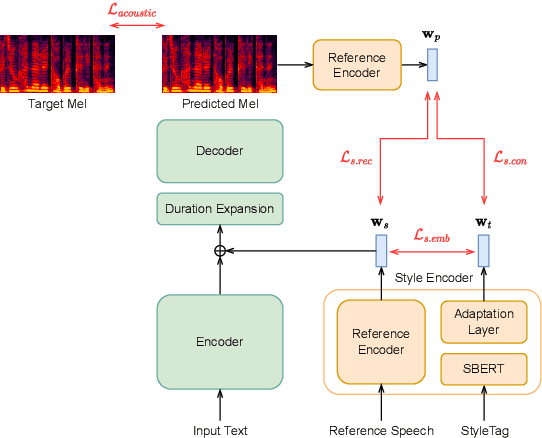
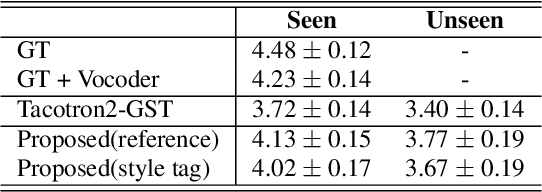


Abstract:Expressive text-to-speech has shown improved performance in recent years. However, the style control of synthetic speech is often restricted to discrete emotion categories and requires training data recorded by the target speaker in the target style. In many practical situations, users may not have reference speech recorded in target emotion but still be interested in controlling speech style just by typing text description of desired emotional style. In this paper, we propose a text-based interface for emotional style control and cross-speaker style transfer in multi-speaker TTS. We propose the bi-modal style encoder which models the semantic relationship between text description embedding and speech style embedding with a pretrained language model. To further improve cross-speaker style transfer on disjoint, multi-style datasets, we propose the novel style loss. The experimental results show that our model can generate high-quality expressive speech even in unseen style.
Mel-spectrogram augmentation for sequence to sequence voice conversion
Jan 06, 2020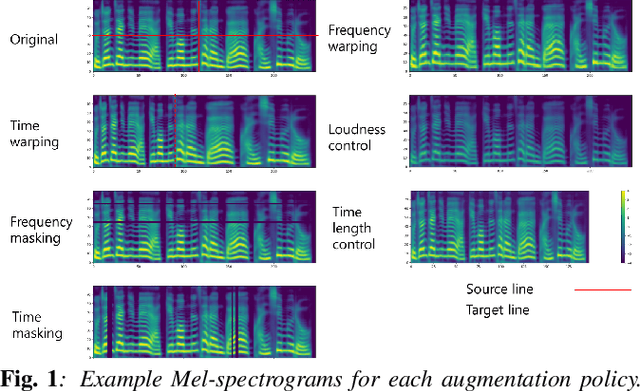

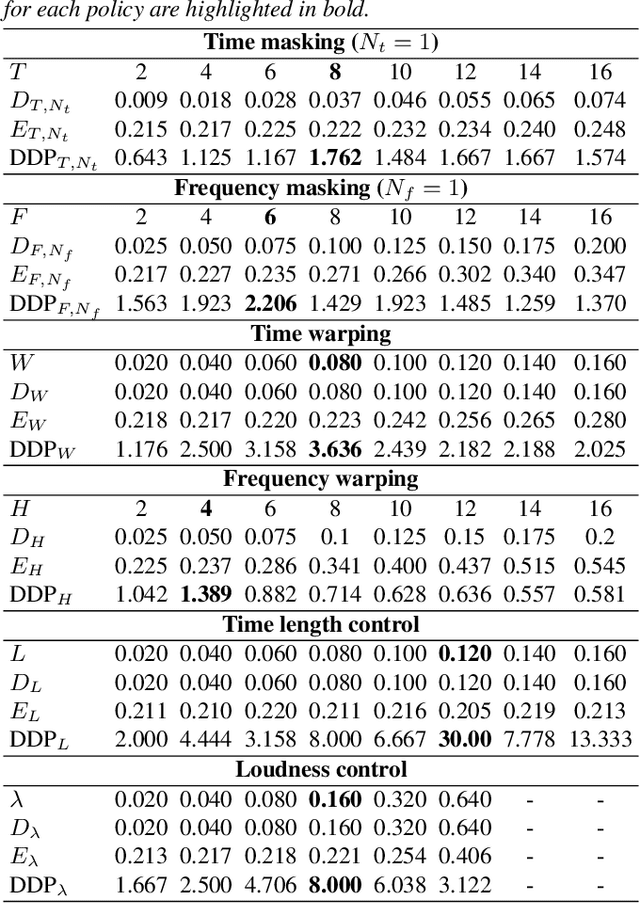
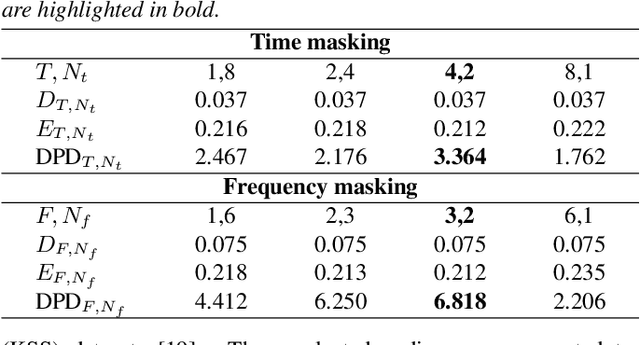
Abstract:When training the sequence-to-sequence voice conversion model, we need to handle an issue of insufficient data about the number of speech tuples which consist of the same utterance. This study experimentally investigated the effects of Mel-spectrogram augmentation on the sequence-to-sequence voice conversion model. For Mel-spectrogram augmentation, we adopted the policies proposed in SpecAugment. In addition, we propose new policies for more data variations. To find the optimal hyperparameters of augmentation policies for voice conversion, we experimented based on the new metric, namely deformation per deteriorating ratio. We observed the effect of these through experiments based on various sizes of training set and combinations of augmentation policy. In the experimental results, the time axis warping based policies showed better performance than other policies.
 Add to Chrome
Add to Chrome Add to Firefox
Add to Firefox Add to Edge
Add to Edge